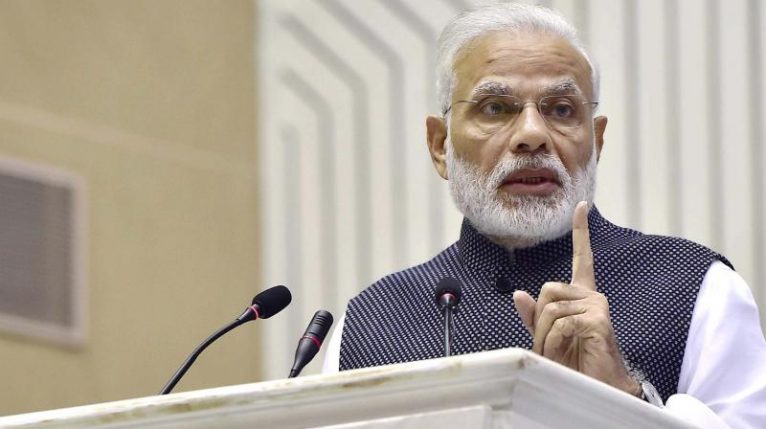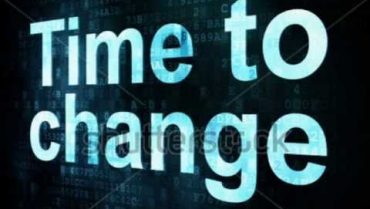New Delhi: Even as Prime Minister (PM) Narendra Modi’s pitch for “digital India” grows louder, top government websites lack accessibility for persons with disabilities. The government had in 2009 formulated a national policy for electronic accessibility; however, the websites could never become “user friendly” for all, irrespective of their ability.
Javed Abidi, director of the National Centre for Promotion of Employment for Disabled People (NCPEDP), says for “Sugamya Bharat” to become a reality, there is a need to focus not just on accessibility of the built environment for people with physical disabilities but also on information accessibility for persons with visual and hearing disabilities.
“We, in India, have confused our understanding of accessibility limiting it only to the built environment. What about websites, apps, documents, television broadcasts, and the various other communication mediums and devices being used by us on a daily basis? Everyday there are several websites being developed, products being churned out, software and applications being designed, information being disseminated, services being provided but, all completely inaccessible barring only a few! Moving towards a digital economy with flagship programmes like ‘Digital India’, shouldn’t making ICTs accessible be one of our major concerns?” he asked.
Formulated in 2009, the guidelines, experts say, have not been implemented in their letter and spirit. “The guidelines have to first be implemented completely, only then will it can make an impact. The government has to go beyond intent and work towards ensuring its implementation. Today, the government claims that there are few websites that are accessible but the irony is even the ministry’s website is not user friendly for disabled,” said Shilpi Kapoor, CEO, barrier break, a social enterprise that provides accessibility solutions and helped government in formulation of guidelines in 2009.
Ms Kapoor says that even after eights years of coming up with the guidelines, things haven’t changed on the ground.
“In our audit of accessible websites, we found huge gaps,” she said.
The Indian government, though, appears to be finally waking up to solve the problems of disabled with the ministry for social justice and empowerment reworking on the guidelines again.
This website have to be designed using XHTML 1.0 transitional to meet these guidelines and also adheres to level A of the Web Content Accessibility Guidelines (WCAG) 2.0 laid down by the World Wide Web Consortium (W3C). “We are working on it, soon both government and private sector will have a legal obligation to make their websites accessible for the blind and visually impaired. We are in talks with the IT ministry and will come up with the rules soon, making it mandatory for all websites to ensure that their online content is accessible to the visually impaired,” said a senior official in the ministry.
“In our audit of “accessible” websites, we found huge gaps. Even as the government is pushing to go digital, the guidelines need to be adhered to. One cannot even reserve a train ticket through website, the situation is that ironical. The websites need to provide image description to the visually impaired. What if one cannot use mouse? The challenge is way beyond, even the PM’s speeches are not captioned,” she added.
Credit – Asianage


